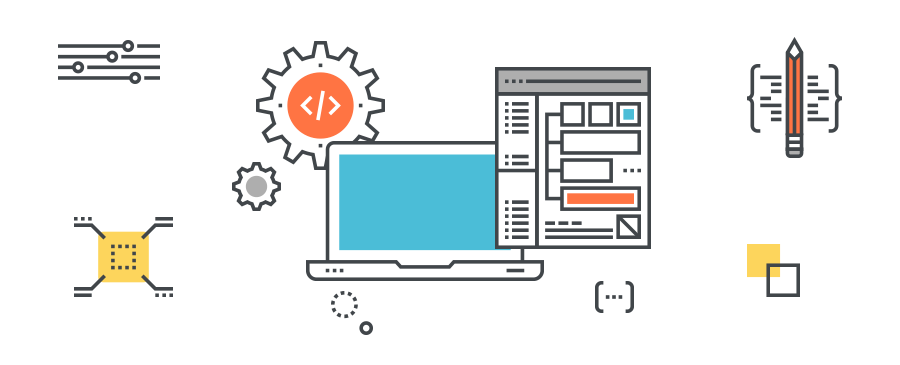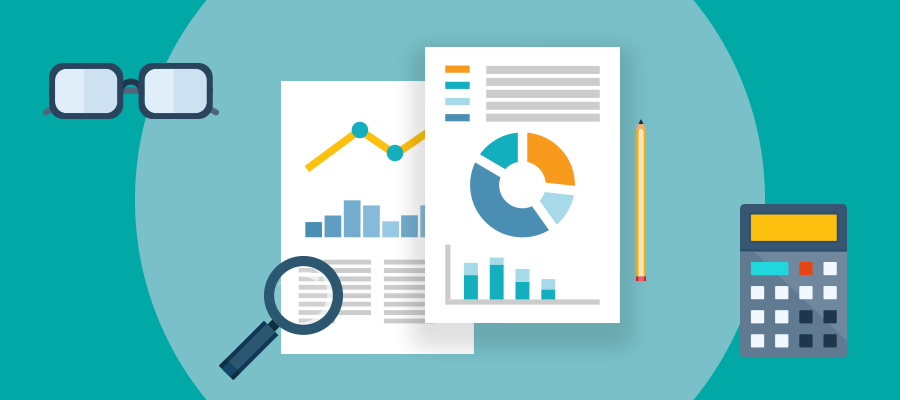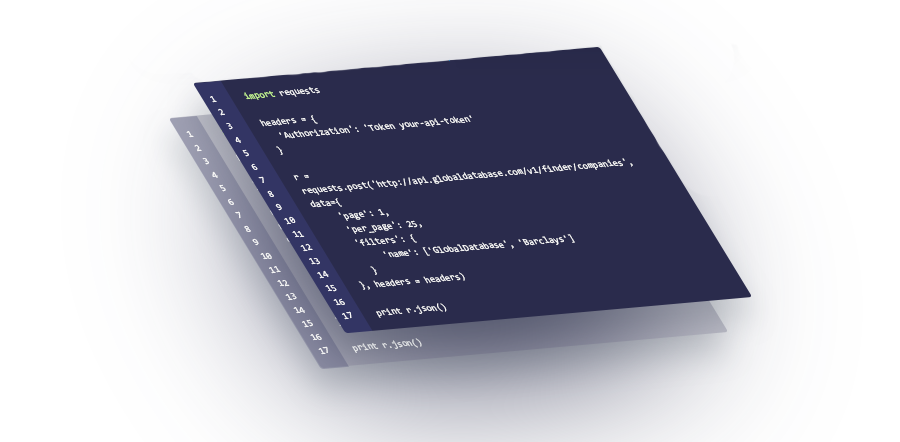In the last years, many trends have made their attempts to shake the status quo. Some have been successful and have changed the course of development, while others have been less promising. One such impactful idea is the obsession with deriving profound decisions from data. Knowledge has always been an important factor when sculpting stratagems, but the technology landscape changed both the degree and view on information flow.
The rise of “data-driven” & “data-centric” applications - software, hardware, templates - was inevitable, perhaps, only limited by insufficient electronic horsepower. As these notions have steadily climbed the ranks, discussions were in order. Today, most businesses’ decision-makers rely on the power of data, chiefly inferred importance and patterns, to plan out their marketing road ahead. However, people are unaware of what exactly allows data to flow so seamlessly and how.
What are APIs?
API, or Application Programming Interface, is a computing interface which defines interactions between different parts of a system or distinct systems. From a technological standpoint, it defines a ruleset for establishing shared communication through data formats, digital channels, and their respective capabilities. Its flexibility comes from the ability to extend existing functionality to various degrees in order to fulfill certain needs and demands. APIs are used for various purposes and mostly remain hidden from the naked eye. To identify them, you would have to inspect your network and look at certain requests.
Companies integrate a lot of technologies along the way so to keep a clean record of the ecosystem there it is not unusual to segment them by use-case. However, for business purposes we can categorize APIs by their policies:
Private - The API usage is restricted to the systems of the company.
Partner - Only specific business partners can access the API. This is achieved by signing agreements and allows for additional revenue streams. Curating which applications have access accomplishes better quality control, security, and stability of the system.

Public - The API is made available to the public in a system of distributing “API tokens” to those who require access. Monetization is realized in the form of restricting the number of requests over an exact period.
What is B2B Data Enrichment API?
Having a shortage of information can cripple your departments from performing necessary activities. In contrast, a database full of unqualified data will do just about the same harm while also taking up increased space. The ideal situation is an equilibrium of quantity and quality of your intel.
Drawing reliable insights from company data so as to boost your sales and marketing efforts is bottlenecked by the underlying systems used to capture it. Errors and untrustworthy knowledge can poison the usability of your database, while obsolete entries can make you regret prior purchases. Along with “data-centric” and “data-driven” applications, new pillars of support emerged that are aimed at providing back-line help. Data enrichment and data cleaning have become prevalent more than ever.
Managing your data is an arduous process that benefits from upstart investments thus lowering costs down the line. Changing the structure at a later date involves painstaking actions and reforms so it is best you learn from the mistakes of others.
By now you will have known that data enrichment - also commonly referred to as data appending - involves all tools and processes designed to enhance or refine current existing data. Marketing representatives view it as an amalgam of external data compiled together to build a rich profile on existing and future customers.

Centralization of data is not an uncommon practice so businesses resort to proprietary or public-use CRMs, one of the many gadgets in the tool stack. In order to connect data from other tools you have the choice to import manually or rely on one-button integration. This presents additional overhead time that limits the efficiency of your marketing efforts. However, the core idea is that you always need to build a channel between your various tools.
What better way to achieve it than implementing an API?
How can you benefit from data enrichment APIs?
Form autopopulation, hence fewer fields
A short lead capture comes at the high price of prolonging the buying cycle despite boasting increased conversions. The responsibility of collecting missing data would come around forcing marketing and sales to implement additional tactics. Due to the lower quantity of information, appraising lead quality also takes a hit. But the other side is no better since potential leads are turned away from long, tedious forms.
Now, marketers need not dabble in determining the perfect form length and be discouraged by lack of information. Data enrichment APIs can quickly autocomplete a profile based on the vast databank and only need a few reference points. Your form can be as short as “must-have” name and corporate email or company name. No more full-page forms and surveys!
Email enrichment: Personalization, Segmentation, Testing
B2B email enrichment API provides you straight away with contact information of the companies of your interest. As simple as it sounds, all you need is to provide a list of companies you are interested in. The email enrichment API will find matches in the Global Database directory and respond with all the contact information of decision-makers and other employees along with the full company profiles. Getting a 360 degree view of any company will allow for segmentation and personalisation, while the GDPR-compliant contact data should boost your conversion rates.
Enriched data is the catalyst to view and understand your target audience at greater extents. Loyalty resides with those who can provide the utmost value, but companies must first extract the pain points. You risk to offend or fend off your B2B customers if you do not adhere to their needs. It is a vicious cycle of understanding and providing, if one process is compromised the system crumbles.

Customer interactions are your bread and butter. Initially, it was enough to call out a client’s name in an email and they would be left impressed. Nowadays, custom ads, content, messaging is barely cutting it. The exposure to a personalized experience has created an ever-increasing drive to have businesses compete for the customer’s attention.
Email enrichment APIs enable you to exhaust your segmentation and A/B testing efforts achieving maximum results due to the innate amount of quality data.
Domain enrichment for business identification and event-driven scoring
Lead and account scoring processes are paramount to lowering overhead time due to the uncertainty of which lead to prioritise. Passing low-quality leads into the pipeline can upset the sales department which will have wasted precious time on unqualified prospects. Domain enrichment provides additional pylons for audience identification and improving the accuracy of lead scoring.
Moreover, by investing in API you can terraform lead scoring into an event-driven scoring. There is a wide range of outstanding web intelligence tools available on the market which allow real-time tracking. Simply put, you can view the actions of users on your web-page. The web-tracking script can perform rDNS to establish which company the user represents. Once the company name has been tracked, the API will automatically complete the fields and create a comprehensive profile, uncovering for you these hidden B2B prospects you could not identify before. Alongside the ability to see which content is actively accessed, you can set event flags and drive an automated cycle thus minimizing the need for manual input. This would bolster the bridge between your marketing and sales departments.


